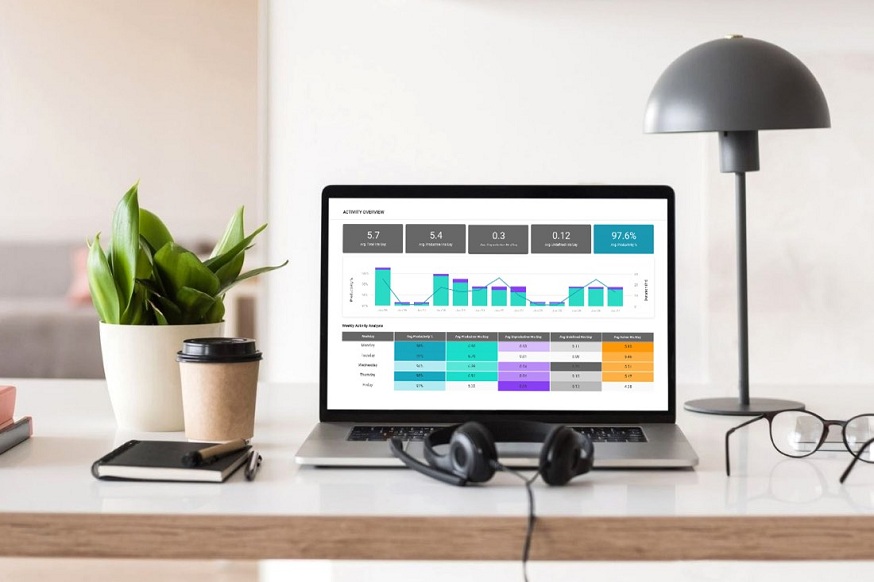The rise of remote and hybrid work models has brought a new set of challenges for businesses: maintaining productivity while ensuring data security. Online employee monitoring tools have emerged as a potential solution, sparking discussions about their effectiveness and ethical implications. While not a one-size-fits-all approach, online monitoring can offer valuable benefits for boosting productivity when implemented thoughtfully.
9 ways online monitoring can positively impact employee productivity
1. Increased Focus and Reduced Distractions
Monitoring website and application usage can reveal patterns of unproductive browsing or social media usage. This awareness can prompt employees to adopt more focused work habits and minimize distractions during working hours.
2. Improved Time Management
Time tracking features offered by many monitoring tools can provide valuable insights into how employees utilize their time. Identifying areas where tasks take longer than expected allows for better time management strategies and workflow optimization. You can do this by using employee tracking app
3. Enhanced Visibility into Project Progress
Employee monitoring tools often allow monitoring of project progress through features like task completion tracking and document access logs. This increased visibility helps managers identify potential roadblocks and offer timely support, ensuring projects stay on track.
4. Fostering Accountability
The awareness of being monitored can encourage employees to take greater ownership of their work and deadlines. This fosters a culture of accountability, leading to improved performance and a stronger sense of responsibility.
5. Identifying Training Needs
Monitoring application usage patterns can uncover areas where employees may require additional training on specific software or tools. This proactive approach helps bridge skill gaps and enhance overall team efficiency.
6. Deterring Misuse of Company Resources
Monitoring can help prevent unauthorized access to sensitive information or company resources. This safeguards valuable data and protects the organization from potential security breaches.
7. Promoting Transparency and Open Communication
Transparency regarding online monitoring practices is crucial. Open communication with employees about the purpose and limitations of the tools can build trust and alleviate concerns about micromanagement.
8. Streamlining Troubleshooting
Monitoring tools can sometimes reveal technical difficulties or software issues impacting employee productivity. Identifying such issues allows for quicker troubleshooting and minimizes time spent on technical roadblocks.
9. Facilitating Flexible Work Arrangements
Monitoring can demonstrate productivity regardless of location. This data can support trust-based remote work arrangements and flexible scheduling for optimizing workflows.
Considerations and Best Practices
While online monitoring offers potential benefits, it’s important to acknowledge limitations:
- Focus on Outcomes, Not Activity: Monitoring itself doesn’t guarantee productivity. The focus should be on achieving business goals, not micromanaging every keystroke.
- Respect for Privacy: Employee privacy is paramount. Clear guidelines and limitations on what is monitored, along with data security measures, are essential.
- Open Communication: Transparency regarding the use of monitoring tools and its purpose fosters trust and minimizes resentment.
- Focus on Training and Support: Monitoring should be coupled with training and support programs to address identified skill gaps and encourage continuous improvement.
Final Words
By implementing online monitoring thoughtfully, with a focus on transparency, trust, and a commitment to employee well-being, businesses can leverage its potential to enhance productivity and achieve their goals. It’s a tool to be used strategically, not a replacement for clear communication, a positive company culture, and a focus on employee well-being.



